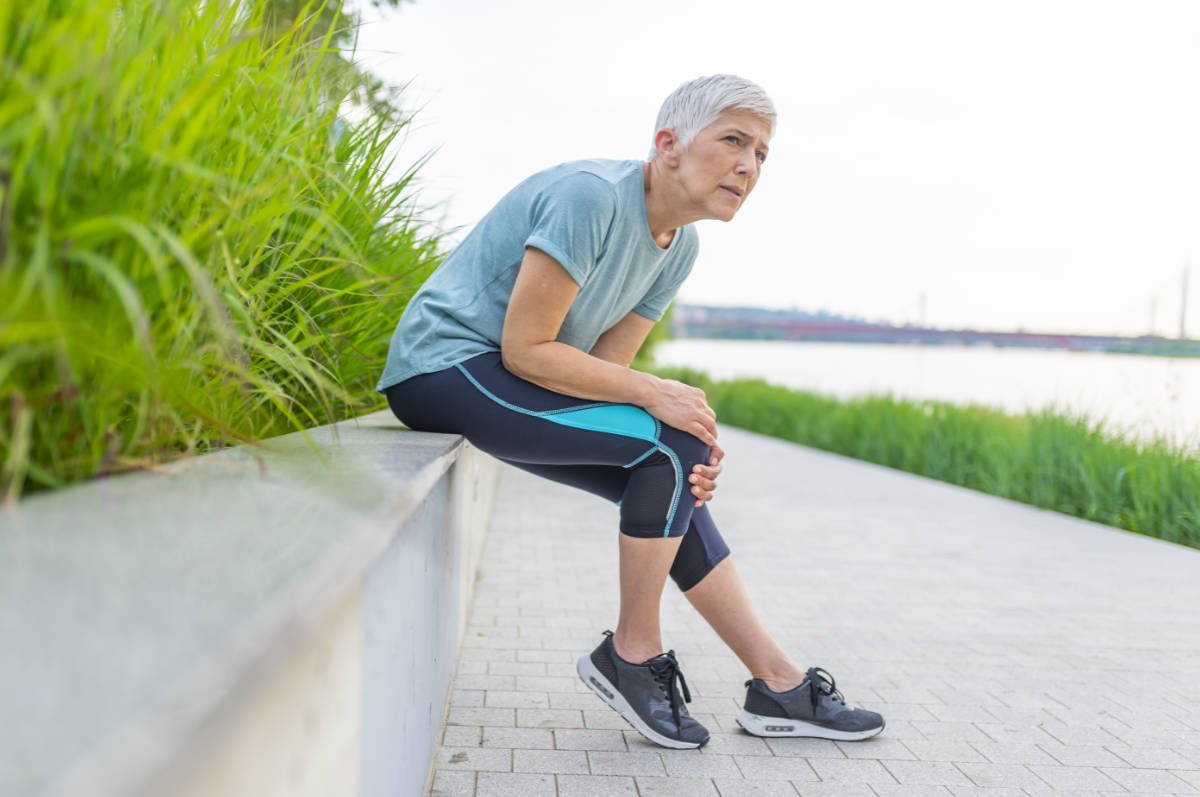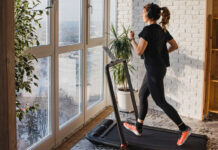Exercise can often be a daunting prospect, even for the fit and healthy, so for the millions of Brits living with a long-term health condition, the idea of getting up and being physically active can feel like an impossibility.
A recent poll by the Chartered Society of Physiotherapy (csp.org.uk) found nearly a third of people aged 40-70 with long-term health conditions – such as arthritis, asthma and heart disease – said they were totally inactive each week, often because they were anxious about their symptoms worsening, or felt too tired or busy to exercise.
Yet, overwhelming evidence shows that meeting even the minimum national activity guidelines can actually help manage health conditions such as heart disease, diabetes, asthma or arthritis, through improving strength, stamina and mobility – not to mention the positive influence it can have on psychological wellbeing too.
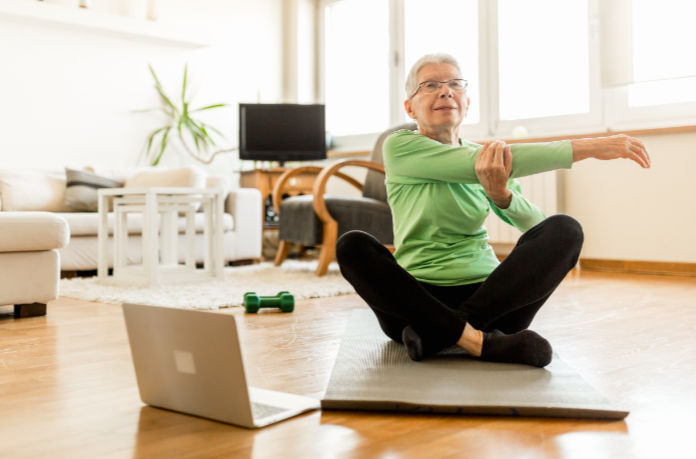
“Many people who are living with long-term health conditions are worried about exercise causing pain or discomfort and often don’t know where to start,” says Anna Lowe, a CSP physical activity expert physiotherapist.
“It’s important to find out what people enjoy doing, in order to overcome these barriers and get the message across to people that they can get great health benefits by being active in different ways, as long as they’re pushing themselves and strengthening their muscles.
“Being active not only improves our physical health but also helps us to feel good, which can impact on so many other areas of our lives,” she adds.
Best exercise for chronic health conditions
Here, Lowe shares her expert advice on the best ways to exercise with five chronic health conditions…
1. Arthritis
More than 10 million adults in the UK visit their GP about arthritis or an arthritis-related condition every year, and more than a third of the UK population aged 50 and above suffers from arthritic pain.
“Exercising can feel especially hard if you’re experiencing pain and stiffness, but strengthening, cardiovascular and mobility exercises have all been shown to help manage symptoms,” says Lowe, who suggests starting in a swimming pool, where the decreased weight-bearing will be more comfortable.
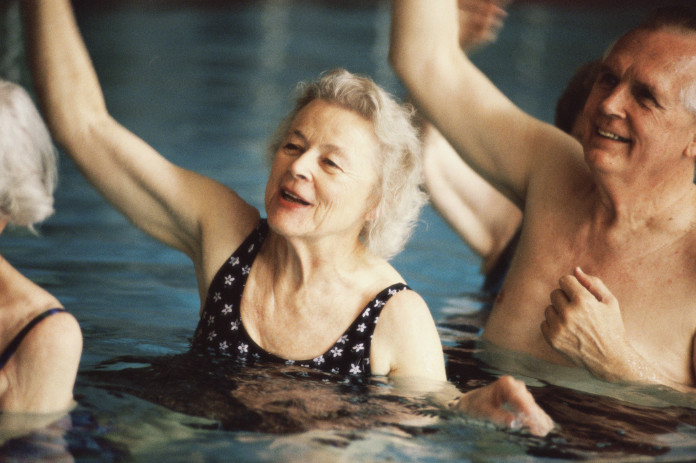
Squats and lunges in waist-deep water will allow your body to get used to the movements in a supported way. If swimming is uncomfortable, then lying on your back in the water (with a float if necessary) and kicking your legs is great for cardiovascular fitness and leg strength. Start small and build up gradually.
Some pain or even a slight increase in pain is OK during and after the exercise, but it should settle back to pre-exercise levels in 24 hours, not be too severe, or coincide with protracted swelling, heat or redness of joints.
2. Heart disease
Around seven million people in the UK are living with cardiovascular disease. Physical activity can help protect the heart and reduce the risk of further heart problems. For those with another type of heart condition, regular exercise can benefit overall heart health (check with your doctor first what’s best for you).
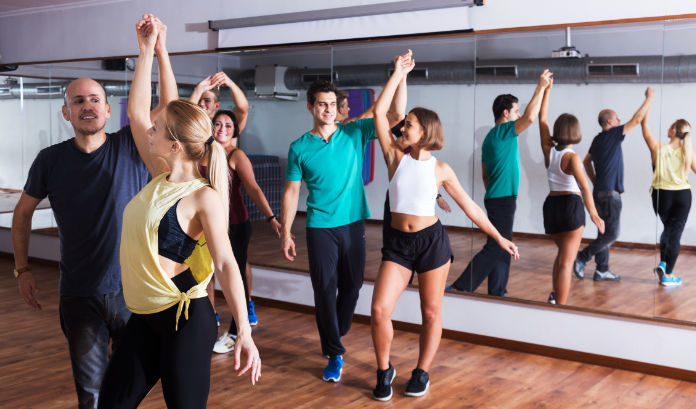
Lowe suggests people with heart problems should pick an activity they enjoy that uses the whole body; walking, cycling and dancing are all good options. The activity should be moderate intensity – you should feel a little warm and a little out of breath, but should still be able to talk comfortably. “Remember that moderate intensity is different for everyone, so listen to your body,” advises Lowe.
Although 150 minutes is the aim, any increase in activity levels will improve your health. Even getting active for 10-minute stints throughout the day is enough to have an effect.
3. Asthma
Feeling breathless is scary, and it stops many people with asthma from being physically active. However, regular activity improves how well your lungs work, meaning more stamina and less breathlessness.
Lowe says people with asthma should choose an activity like walking or cycling, start small and build up gradually. You may feel more confident exercising with a friend or in a group, she suggests.
Use this technique when you’re doing activities which make you feel breathless: Breathe in before you make the effort, then breath out during the effort. For example, blow out as you get up from sitting to standing, blow out as you go up a step, etc.
Many people with breathing problems are worried about exercising outside when it’s cold, as the cold air can make them wheezy. Loosely wrap a scarf around your face to warm and moisten the air, and reduce the chance of wheezing. Remember, if you’re struggling with your asthma management, talk if over with your doctor.
4. Depression and anxiety
Depression and anxiety are common mental health issues that affect around six million people in the UK. There’s strong evidence that regular activity promotes positive mental health – it can boost you mood, help you relax, and improve sleep. But if you’re feeling low or anxious, the thought of exercise can feel overwhelming and it could be hard to take the first step.
Lowe points out that if you’re not ready to join a group or a gym, then even a daily 10-minute brisk walk helps. There’s also online support, apps and YouTube videos if you prefer exercising at home. Listening to audiobooks or podcasts during exercise can help you focus on something positive at a time when your thoughts might not be – and it has the added bonus of making exercise feel less like exercise.
5. Bladder and bowel issues
Everyone can benefit from regular pelvic floor exercises to help improve bladder and bowel control, whatever your age.

Lowe says leaking urine during exercise is actually very common. To avoid this, she suggests starting with lower impact activities such as cycling, which is a good option because the pelvic floor and internal organs are well supported.
Specific pelvic floor exercises can be very beneficial for helping improve bladder control, but you might want to get to grips with these on their own first, before adding them to other activities, such as gardening. Lowe stresses that if you’re worried about leaking during exercise, it’s still important to stay hydrated and not to avoid drinking.
You may also be interested in…























































